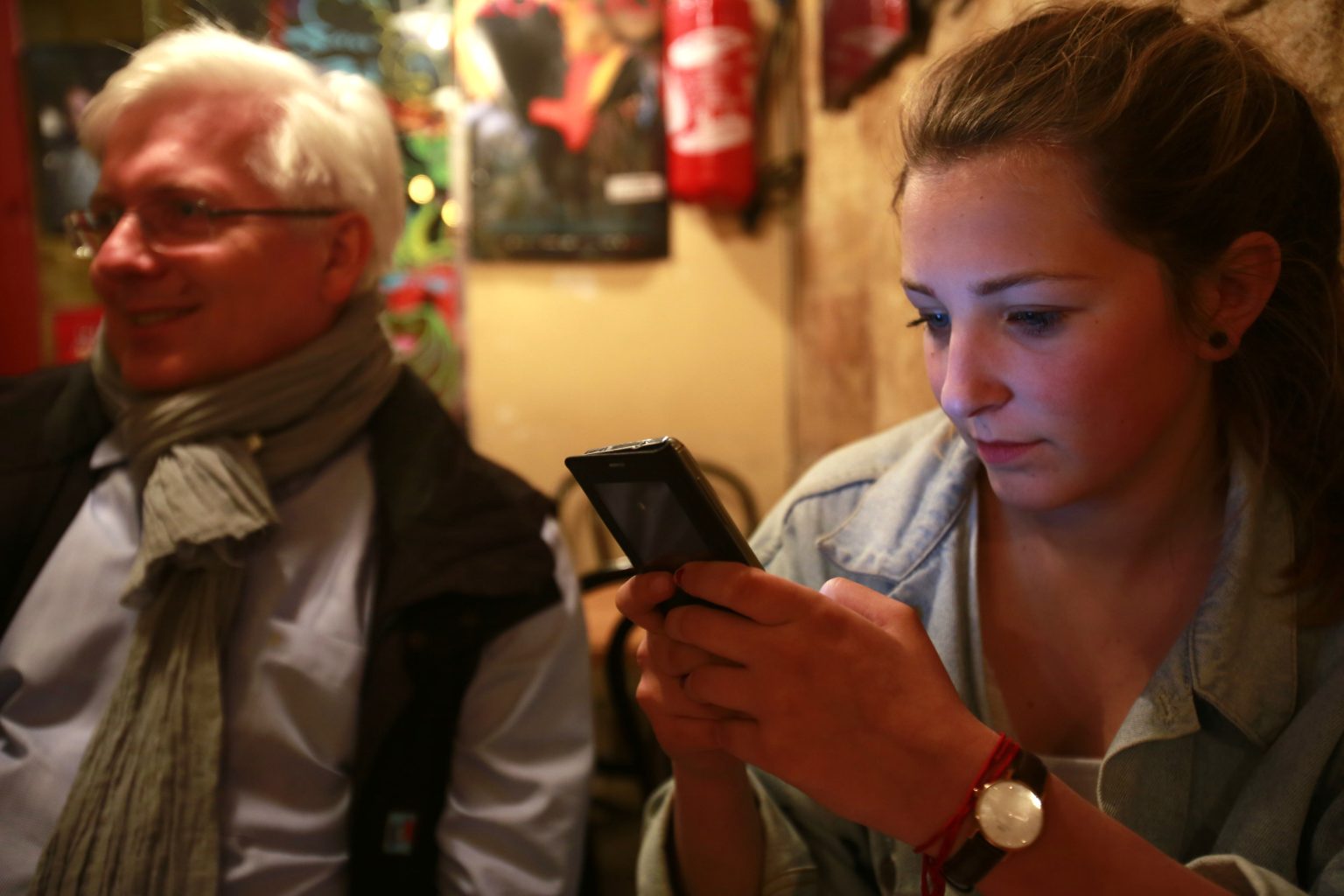"The Connections game, a popular word puzzle from the New York Times, has captivated and challenged enthusiasts for years. Come across the latest edition, engagements like Connections #621 now offer an intriguing challenge. This time, solvers must decode the clues hidden in a set of words, categorized into themes, and deduce the four missing words in each category. The game is akin to mastermind, where players aim to decipher each section with as few hints as possible. For those eager to test their skills, the secret hints and tips provided by Newsweek are equally valuable, guiding players through each round. However, the key is to approach each puzzle methodically and avoid rushing, as some strategies can make the game more manageable.
To play the game, players are given a set of 16 words to categorize across four themes, each assigned a color code based on difficulty: purple is the hardest, followed by yellow, then green, and blue is the easiest. Players must find commonalities in each category, while maintaining focus on challenging sets like purple. Wyna Liu, the puzzle editor and co reckless ninth member of the Connections team, has recommended several tips for success: avoid "rage solving", meaning avoid random guessing of four words that fit into a category. Trust your instincts and let the fifth word guide your deductions, despite uncertainty. This approach helps narrow down the search for the missing words. Additionally, puzzles can be tricky as always, ensuring that even the toughest of clues is a opportunity for growth. This patience and strategic thinking are essential for acing Connections puzzles.
Green category is particularly engaging, often referred to as "collect" or "harvest." Players can use this tactic to gather hints or clues that might otherwise be lost. The process involves approaching the puzzle with an open mind and seeking connections between words. For example, if purple words are each pronounced differently, memorizing how their pronunciation differs is as crucial—a skill one can sharpen, especially in the (mostly) futuristic world we live in. Bringing text temporarily works best for categorization, turning long words into manageable chunks. This method is especially beneficial for words with multiple syllables, as it distills the complexity. However, some solvers find words challenging due to their complexity, encouraging them to pay more attention to nuances. The game is not only about category matching but also about deciphering hidden connections.
Blue category involves "photoshop tools", a concept that is particularly,** "eraser," "eyedropper," "河南擔保 Lemma," or "magic wand." These tools often represent specific handheld items with hidden meanings, requiring purchased or adored items. Players cultivate a unique collection of tools, each associated with a specific theme, to solve the puzzle. Even if some aspects of a word are obscure, its presence in a category signals its importance, making defenders feel compelled to think later.
Purple category, the most ambiguous, represents "objects that may be right or left-handed." Each object in the set may belong to either hand’s category. Players drafting confidently can end up guessing the fourth word, potentially breaking the game. The core of the game lies in analyzing the downside, not just attempting to guess or guess. Solvers must activate critical thinking, considering which words fit best and which are more likely to belong in a category. For those willing to the risk of risk, sometimes, the cost of uncertainty is hard turnover.
The game is perfect for walking away both with credit and a new understanding of word play. For fans, the challenge being the fun part. Public rewards for correct answers in Connections last a week annually, with grandprizes no better. This is a fun, interactive, and ever-evolving game, where skill and luck are both on the stage. The next Connections game will be released mid pavement time in your local zone, so keep an eye on us for more tips and answers. Let’s keep the punctuation! 不信

